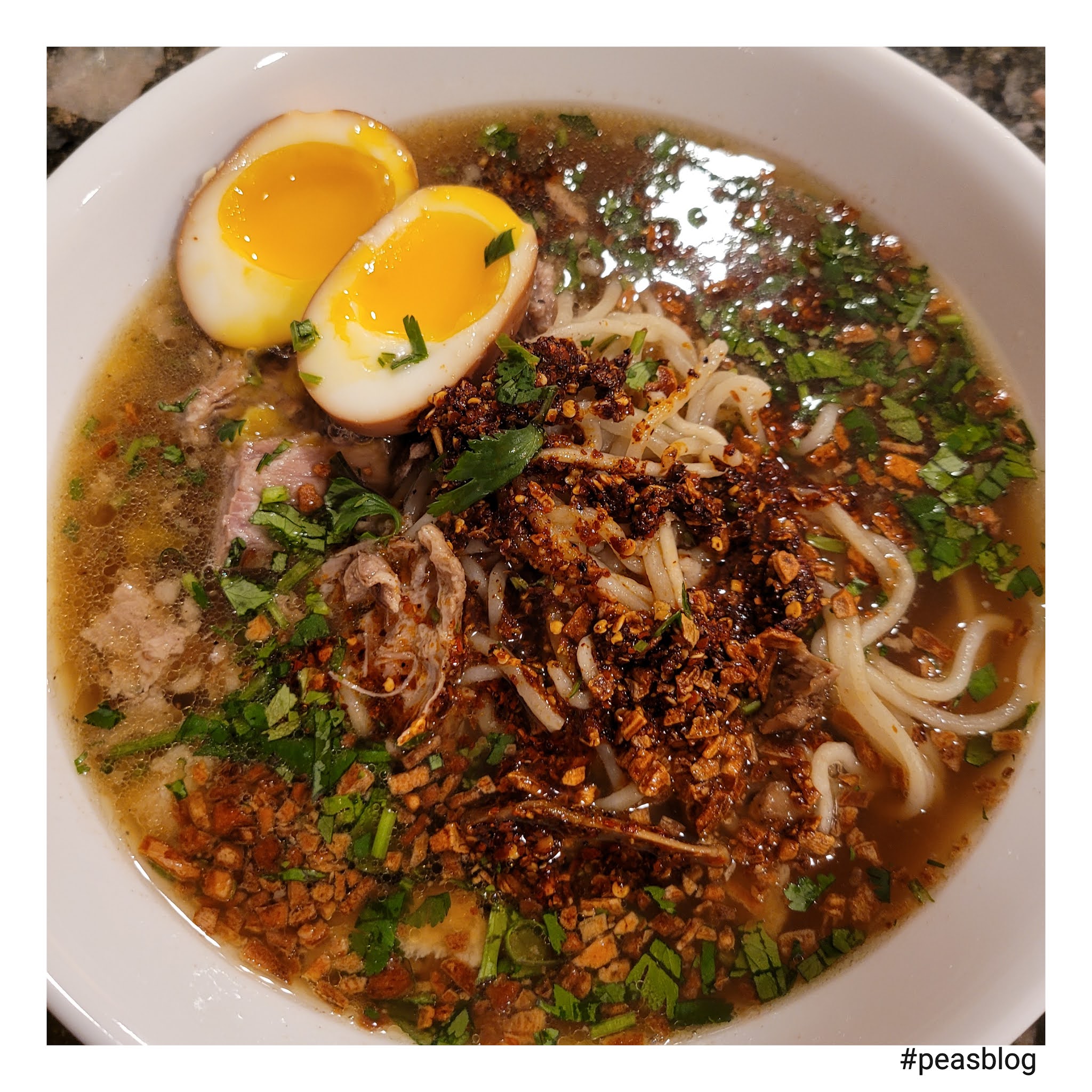Understanding Ramen Noodle Infection: Causes, Symptoms, And Prevention
Ramen noodle infection is a term that has garnered attention in recent years, particularly among food enthusiasts and health-conscious individuals. This often-overlooked health issue can arise from consuming improperly handled or contaminated ramen noodles, leading to various gastrointestinal problems. In this article, we will delve deep into the causes, symptoms, and preventive measures associated with ramen noodle infections, providing you with valuable insights to keep your culinary experiences safe and enjoyable.
As ramen noodles have surged in popularity globally, it is essential to understand the underlying health risks that may accompany their consumption. With a rich history rooted in Japanese culture, ramen noodles have become a staple in many diets. However, improper preparation practices can lead to foodborne illnesses, emphasizing the need for awareness and education surrounding food safety.
In this comprehensive guide, we will explore the various facets of ramen noodle infections, from understanding the pathogens responsible for these infections to the symptoms that may arise. We will also discuss how to prevent these infections, ensuring that your enjoyment of ramen noodles remains a delightful and safe experience.
Table of Contents
- What is Ramen Noodle Infection?
- Causes of Ramen Noodle Infection
- Symptoms of Ramen Noodle Infection
- Diagnosis and Treatment
- Prevention Tips
- When to Seek Medical Help
- Conclusion
- References
What is Ramen Noodle Infection?
Ramen noodle infection refers to gastrointestinal illnesses caused by pathogens that may contaminate ramen noodles during processing, preparation, or cooking. These pathogens can include bacteria, viruses, and parasites that thrive in food environments with inadequate hygiene practices.
Common pathogens associated with ramen noodle infections include:
- Salmonella
- Escherichia coli (E. coli)
- Listeria monocytogenes
- Norovirus
Causes of Ramen Noodle Infection
Several factors contribute to the risk of ramen noodle infections:
- Improper Handling: Cross-contamination can occur when raw ingredients come into contact with cooked noodles.
- Inadequate Cooking: Failing to cook ramen noodles at the appropriate temperature can allow pathogens to survive.
- Contaminated Water: Using unsanitary water for cooking or rinsing noodles can introduce harmful microorganisms.
- Expired Ingredients: Using old or expired packets of ramen noodles may increase the risk of contamination.
Symptoms of Ramen Noodle Infection
Individuals infected with pathogens from ramen noodles may experience a range of symptoms, which can vary in severity. Common symptoms include:
- Nausea
- Vomiting
- Diarrhea
- Abdominal cramps
- Fever
Symptoms may appear within hours or days after consumption, depending on the pathogen involved. It is essential to monitor your health after consuming ramen noodles, especially if you experience any of these symptoms.
Diagnosis and Treatment
To diagnose a ramen noodle infection, a healthcare provider may conduct tests to identify the specific pathogen responsible for the illness. This can involve stool tests or blood tests to detect the presence of harmful bacteria or viruses.
Treatment for ramen noodle infections typically focuses on relieving symptoms and preventing dehydration. Recommendations may include:
- Staying hydrated by drinking plenty of fluids.
- Resting to allow the body to recover.
- Avoiding solid foods until symptoms improve.
In severe cases, antibiotics or antiviral medications may be necessary, particularly for bacterial infections.
Prevention Tips
Preventing ramen noodle infections involves practicing good food safety habits:
- Wash hands thoroughly before handling food.
- Use separate cutting boards for raw ingredients and cooked noodles.
- Cook ramen noodles according to package instructions, ensuring they reach the appropriate temperature.
- Store ramen noodles in a cool, dry place, and check expiration dates regularly.
- Use clean and safe water for cooking and rinsing.
When to Seek Medical Help
It is crucial to seek medical attention if you experience severe symptoms, such as:
- High fever (above 101°F or 38.3°C)
- Severe abdominal pain
- Persistent vomiting or diarrhea
- Signs of dehydration (dry mouth, dizziness, decreased urination)
Timely medical intervention can prevent complications and ensure proper treatment.
Conclusion
In conclusion, understanding ramen noodle infection is vital for anyone who enjoys this popular dish. By being aware of the potential causes, symptoms, and preventive measures, you can safely indulge in ramen noodles without the fear of foodborne illnesses. Remember to practice good hygiene and food safety habits to protect yourself and your loved ones.
We encourage you to leave a comment below if you have any questions or share your experiences with ramen noodles. Also, feel free to explore more articles on our site for further insights on food safety and health.
References
1. Food Safety and Inspection Service. (2021). “Pathogen and Food Safety.”
2. Centers for Disease Control and Prevention. (2020). “Foodborne Germs and Illnesses.”
3. World Health Organization. (2019). “Food Safety.”
Exploring The World Of Ramen Boodles: A Culinary Delight
Aisha Tyler Partner: A Comprehensive Look Into Her Relationships And Personal Life
Nissin Top Ramen Recall: What You Need To Know


